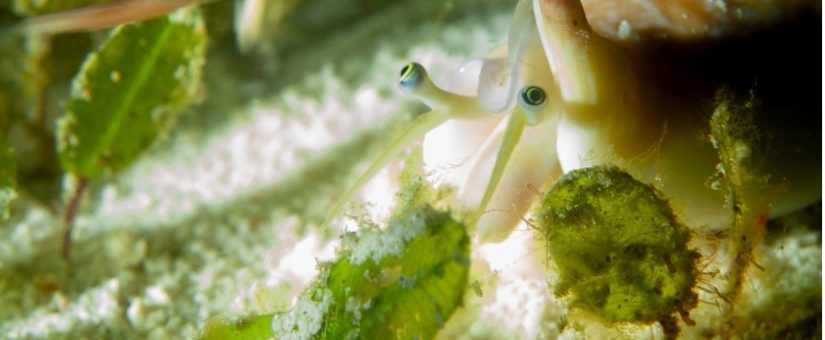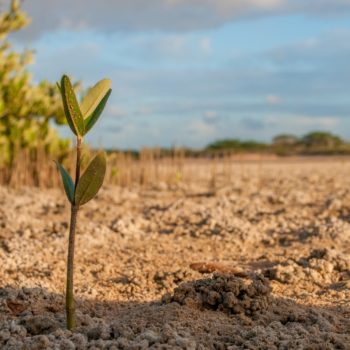
Is the seagrass getting enough light? Computer says no!
- Posted by Natasha Watson
- On April 20, 2021
By Dr Ryan Pearson
Highlights
- Seagrass is vital for fisheries, climate mitigation, and more.
- Human activities affect the light that seagrass needs to survive.
- Artificial intelligence can estimate light and inform ecological management.
- Our machine learning-derived submerged vegetation light model (SVLM) is >99% accurate.
- The SVLM can be used to adaptively manage submerged habitats.
Seagrasses are flowering plants that live submerged in salty water and perform vital ecosystem services that help us and the food-webs that rely on them. For example, seagrasses capture and store more atmospheric carbon (per unit area) than many terrestrial plants, they act as nursery areas for important fishery species, and provide coastal protection against things like erosion and storm surges.
Like other plants, seagrasses need sunlight to grow and survive. But unlike land-based plants, seagrasses have a layer of ‘stuff’ above them (that is, the water and the things floating in it) that can block the light and impact their capacity to grow and reproduce. Things like wind, waves, rain, and even boats driving past, for example, can put sediments in the water that limit how much light penetrates to the bottom. This can be a big problem, especially when low light leads to losses.
Why am I telling you this? Because being submerged, often in murky, tidal environments, it can be difficult, dangerous, and costly to monitor how much light is reaching seagrass. That makes it very difficult to respond quickly to changes and can lead to unnecessary losses if managers aren’t acting to prevent things that can improve the light environment. Activities like dredging, for example, are a good example of an activity that is necessary to maintain safe boating channels but can also impact seagrass growth and survival if not managed properly.
In our recent paper, we aimed to streamline the way that light reaching submerged aquatic vegetation is monitored by letting the ‘machine’ work for us. We developed a model, using artificial intelligence, that uses remotely available data to estimate how much light reaches the canopy of submerged seagrasses. And it works! Phenomenally well! Our ‘smart computer’, that we call the Submerged Vegetation Light Model (SVLM), can predict the amount of light that reaches submerged seagrasses with more than 99% accuracy by analysing trends in remotely available data.

Using the SVLM would allow managers to continuously monitor seagrass light intensity from the comfort of their own desk and compare levels against thresholds of known light requirements to understand how long the plants are in conditions that provide enough light, or otherwise. Effectively asking the SVLM:
Has seagrass in this area received enough light recently to continue dredging nearby? Computer says no!
Uh oh, we’d better implement some mitigation actions quickly, so we don’t lose our precious seagrass!
As you can see, the SVLM can provide capacity to rapidly manage activities (e.g. dredging) that can impact seagrass, ultimately resulting in more seagrass to support fisheries, mitigate climate change, and protect our coastlines. This project was funded by the Gold Coast Waterways Authority, a progressive organisation that is looking to be the first to use this technology to effectively manage seagrasses in local waterways.




0 Comments